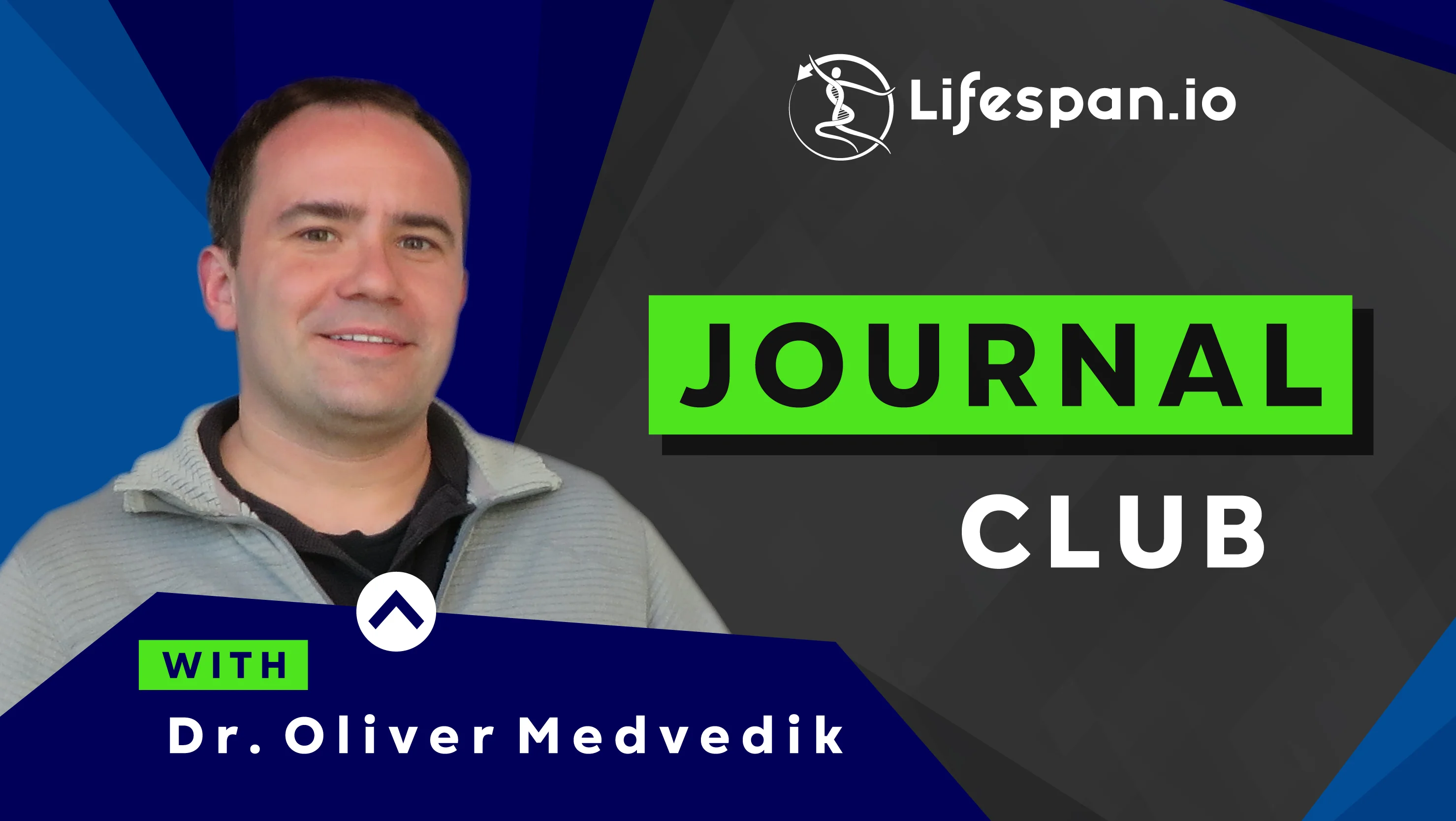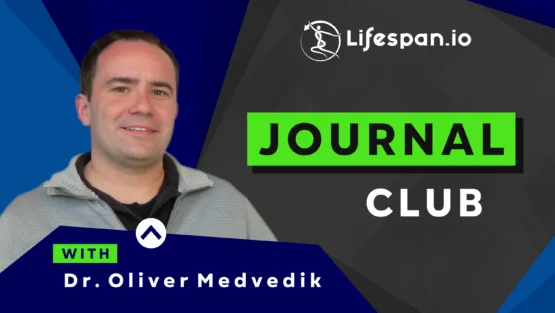The Journal Club is back for one final time this year! Dr. Oliver Medvedik will return on December 15th at 12:00 Eastern on the Lifespan.io Facebook page to review the recent paper “A drug-like molecule engages nuclear hormone receptor DAF-12/FXR to regulate mitophagy and extend lifespan”. Join us and find out how researchers are boosting mitochondria and lifespan.
The mitochondria are vital for our cells to function, and their dysfunction is one of the reasons we age. The main function of the mitochondria is to produce energy via cellular respiration. Doing this converts nutrients from food into adenosine triphosphate (ATP), which our bodies use as energy. ATP is essentially a universal energy “currency” that all our cells can use, and it is essential for their survival, function, and growth.
Finding ways to combat mitochondrial dysfunction is a potential way to improve health and longevity in humans, and while this experiment was only in worms, it paves the way for testing this in people.
Abstract
Autophagy–lysosomal function is crucial for maintaining healthy lifespan and preventing age-related diseases. The transcription factor TFEB plays a key role in regulating this pathway. Decreased TFEB expression is associated with various age-related disorders, making it a promising therapeutic target. In this study, we screened a natural product library and discovered mitophagy-inducing coumarin (MIC), a benzocoumarin compound that enhances TFEB expression and lysosomal function. MIC robustly increases the lifespan of Caenorhabditis elegans in an HLH-30/TFEB-dependent and mitophagy-dependent manner involving DCT-1/BNIP3 while also preventing mitochondrial dysfunction in mammalian cells. Mechanistically, MIC acts by inhibiting ligand-induced activation of the nuclear hormone receptor DAF-12/FXR, which, in turn, induces mitophagy and extends lifespan. In conclusion, our study uncovers MIC as a promising drug-like molecule that enhances mitochondrial function and extends lifespan by targeting DAF-12/FXR. Furthermore, we discovered DAF-12/FXR as a previously unknown upstream regulator of HLH-30/TFEB and mitophagy.
Literature
Chamoli, M., Rane, A., Foulger, A., Chinta, S. J., Shahmirzadi, A. A., Kumsta, C., … & Andersen, J. K. (2023). A drug-like molecule engages nuclear hormone receptor DAF-12/FXR to regulate mitophagy and extend lifespan. Nature Aging, 1-15.




